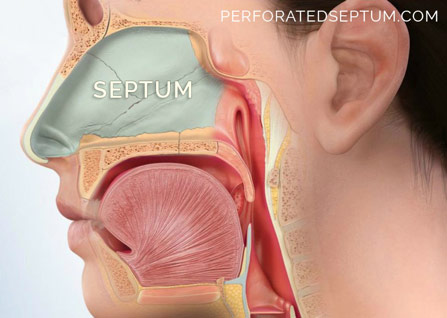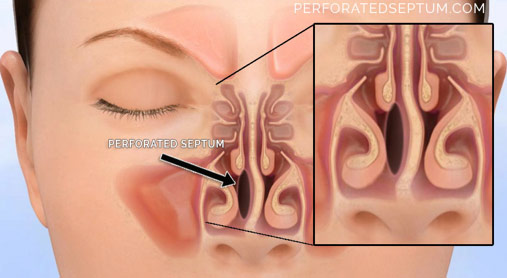- Hereditary Hemorrhagic Telangiectasia - May 25, 2016
- Hereditary Hemorrhagic Telangiectasia: Septal Perforation and Nose Bleeds - May 23, 2016
- Hereditary Hemorrhagic Telangiectasia: Epistaxis and Septal Perforation - May 18, 2016
- Wegener’s Granulomatosis: Autoimmune Disease and Multi-Focal Septal Perforation - May 9, 2016
- Kyle Korver: Facial Injury and Nasal Fracture - March 24, 2015
- Russell Westbrook: Facial Injury and Surgery - March 5, 2015
- Mega-perforation: Pushing the Limits of Septal Perforation Repair - November 26, 2014
- Septoplasty Complication and Septal Perforation - November 24, 2014
- Nose Picking (Rhinotillexis) and Septal Perforations: Why I should stop picking my nose…? - November 24, 2014
- Nasal Fractures, Septal Hematoma, and Septal Perforation: Simultaneous Rhinoplasty and Septal Perforation Repair - October 1, 2014
With the current Fleetwood Mac tour, much attention has been placed on Stevie Nicks. In interviews over the past decade, including recently, she has admitted to a history of significant cocaine use. She also bemoans its effect, the hole in her septum, that she says one could “pass a belt through.”

Despite how much it bothers her, Nicks has made much of the fact that she cannot get the hole fixed. Is this true? Are some perforations unfixable?
What is the nasal septum?
The nasal septum divides the nose into right and left nasal passages. It is made up of a delicate lining (mucosa), cartilage and paper-thin bone. The septum provides the central support and foundation for the nose.

The normal septum ensures air flows through the nose gently, passing straight through without turbulence. As air passes through the nose, it is humidified and filtered. Smooth airflow is critical for healthy breathing passages.
What is a septal perforation?
A septal perforation is a hole in the nose (nasal septum). Septal perforations are caused by an injury to the nasal septum. The septum is delicate and easily injured.

Things that can damage the septum include:
- Nasal fracture or trauma
- Infection
- Medication (Afrin, etc)
- Drug abuse (cocaine, etc)
- Autoimmune conditions
- Prior surgery (septoplasty or rhinoplasty)
Can a large perforation be fixed?
Almost all perforations can be fixed. Even the largest ones can be fixed with the advanced techniques currently available. Most surgeons are not aware of these or are not proficient in such techniques. However, finding the right surgeon helps to treat the perforation to avoid future complications.
What can happen if the perforation is not fixed?
There are many complications to a septal perforation, including:
- Nasal whistling: a sound can be heard while breathing through the nose
- Nasal congestion: because air does not flow straight back, but rather through the perforation, the nose feels congested
- Voice change: loss of nasal resonance, important in singers
- Nasal crusting
- Instability of the nose: gradual change to appearance of nose
As the perforation expands (which it does even if drug use is stopped), it continues to destabilize the nose until it collapses, causing “saddle nose deformity” which is cosmetically unappealing and significantly restricts the ability to breathe through the nose.
Because the septum is hidden, people often ignore septal perforations. The health and cosmetic risks associated with ignoring a perforation are significant. Before ignoring a perforation, or assuming it is too large to fix, seek consultation with a septal perforation repair expert. Chances are very high that the perforation can be repaired.
For more information about septal perforation treatment, visit: www.perforatedseptum.com



